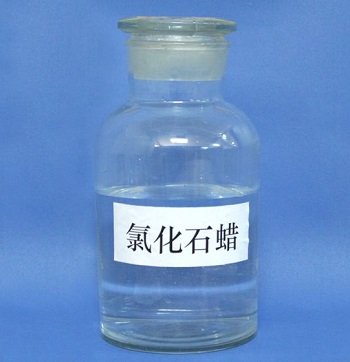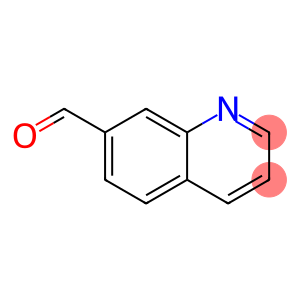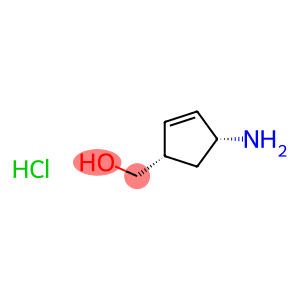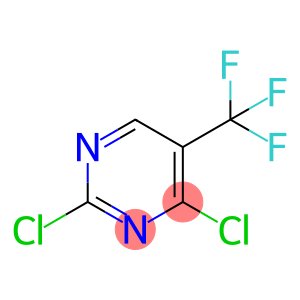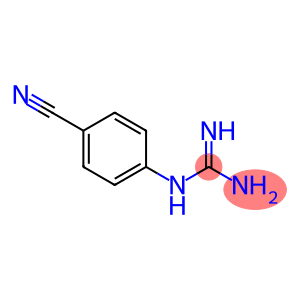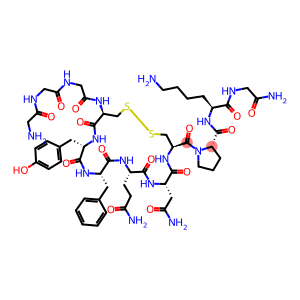Chloroalkanes C10-13(CAS#85535-84-8)
| Risk Codes | R40 – Limited evidence of a carcinogenic effect R50/53 – Very toxic to aquatic organisms, may cause long-term adverse effects in the aquatic environment. |
| Safety Description | S24 – Avoid contact with skin. S36/37 – Wear suitable protective clothing and gloves. S60 – This material and its container must be disposed of as hazardous waste. S61 – Avoid release to the environment. Refer to special instructions / safety data sheets. |
| UN IDs | 3082 |
| Hazard Class | 9 |
| Packing Group | III |
Introduction
C10-13 chlorinated hydrocarbons are compounds containing 10 to 13 carbon atoms, and its main components are linear or branched alkanes. C10-13 chlorinated hydrocarbons are colorless or yellowish liquids that are almost insoluble in water and can carry odors. The following is a detailed introduction to the properties, uses, preparation methods and safety information of C10-13 chlorinated hydrocarbons:
Quality:
- Appearance: Colorless or yellowish liquid
- Flash Point: 70-85°C
- Solubility: almost insoluble in water, soluble in organic solvents
Use:
- Detergents: C10-13 chlorinated hydrocarbons are commonly used as industrial cleaners to dissolve grease, wax and other organic matter.
- Solvents: It can also be used as a solvent in the manufacture of products such as paints, coatings, and adhesives.
- Metallurgical industry: It is used in the steel and metalworking industries as a degreaser and stain removal agent.
Method:
C10-13 chlorinated hydrocarbons are mainly prepared by chlorinating linear or branched alkanes. A common method is to react linear or branched alkanes with chlorine to produce the corresponding chlorinated hydrocarbons.
Safety Information:
- C10-13 chlorinated hydrocarbons are irritating to the skin and can be absorbed into the body through the skin. Wear protective gloves and avoid direct contact with the skin.
- Chlorinated hydrocarbons are highly volatile and should be well ventilated.
- It has a certain toxicity to the environment and may cause harm to aquatic life, so it is necessary to pay attention to environmental protection when disposing of it.


